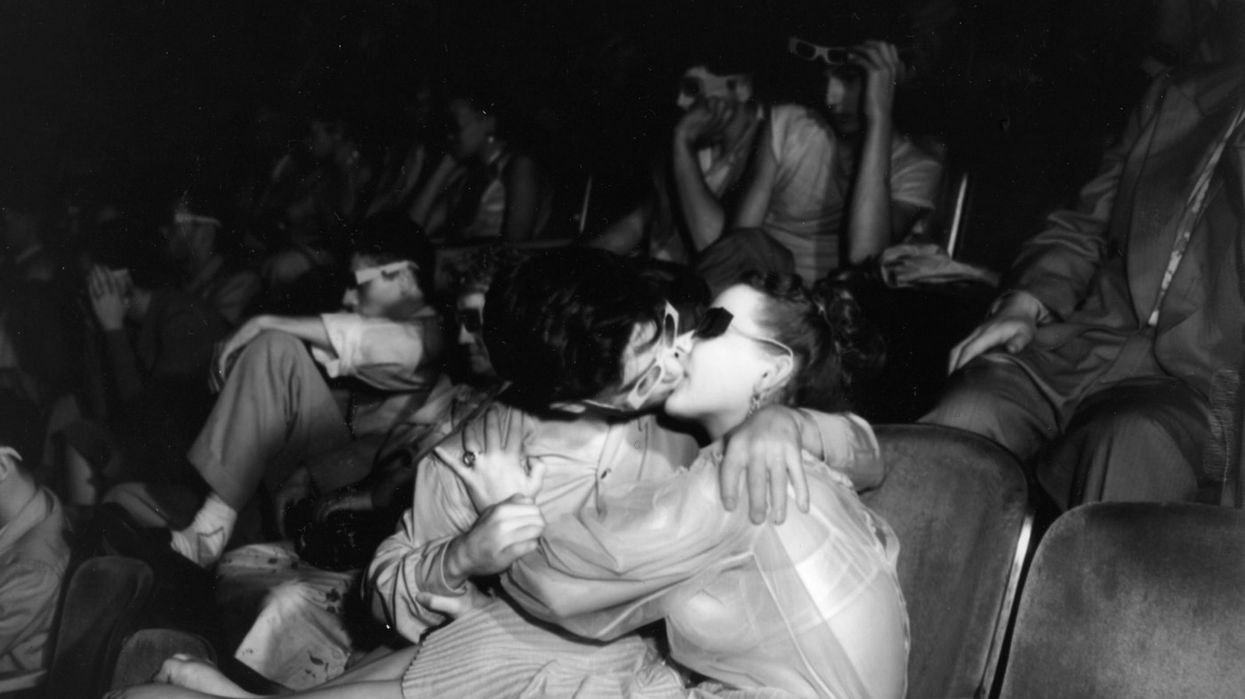The Meaning of “f/8 and Be There” and Why You Should Embrace This Mantra
Sometimes, the technicality of filmmaking can make us forget what really matters.

When a filmmaker or photographer first hears the expression “f/8 and be there” for the first time, many questions cross their minds. What exactly does this phrase mean? Why is it relevant to photography? And who made this phrase popular?
Their curiosity is justified. The term is strangely unique to filmmakers and photographers. We understand that f/8 has everything to do with the lens’ aperture, but what does it mean when you’re told “f/8 and be there”? Let’s break down the origins of this niche phrase, and why it is still used today to signify the importance of getting the shot rather than being concerned with the techniques.
What does “f/8 and be there” mean?
PetaPixel states that the expression “f/8 and be there” is used by photographers to indicate the importance of taking the opportunity for a picture rather than being too concerned about using the best techniques.
When lenses were manufactured back in the day, f/8 was often been considered the best default aperture to use during shoots, as it provided sharp images with a decently wide depth of field. It is the easiest way to capture crisp, clear, and perfect photographs in most situations.
When the lens aperture is set to f/8, the person behind the camera finds themselves in the sweet spot of sharpness and depth of field. If the focal plane on the subject isn’t perfect, then the depth of field rendered will ensure that the subject is still in focus. This middle ground is well-suited for almost all shooting scenarios and conditions because it gives the photographer room for error.
The "be there" part signifies the dynamism of the art of photography. It’s straightforward—an image can’t be captured if the photographer isn’t around. To be there is essential to the craft and ensures that you will capture the best image by simply showing up.
With the proper general-purpose camera settings, photographers and filmmakers can completely ignore their cameras and “be there” to focus on the surroundings.

The origins of the phrase
The expression is often attributed to the famous street photographer Arthur Fellig, also known as Weegee. The phrase was widely used in film photography and is still used today to tell crew members to get the shot.
Weegee took the phrase very seriously. He was known to compete against the police to be the first to report to crime scenes and disasters in New York. Often arriving on location before his rivals, Weegee made a living and career for his famous crime scene photography and his ability to perfectly capture the essence of life. Rather than messing with his settings and letting the opportunity disappear, Weegee always had his camera set to f/8 and was ready to shoot on arrival.
While the origins of the phrase emphasize being present at the moment to capture these precious moments, “f/8 and be there” can take on another meaning for some filmmakers and photographers. PetaPixel notes that some refer to f/8 as “fate,” meaning the phrase represents a particular site or opportunity to capture a stunning shot isn’t a coincidence but is, instead, fate.
No matter how you understand the meaning behind “f/8 and be there,” the phrase reminds us to stay in the moment. You can still capture breathtaking photos without obsessing over the technical aspects of the craft.
Why f/8 is great for beginners and professionals
There are minimal technical details to think about and mess with when the camera is set to an f//8 aperture. Some of the best shots are captured in this setting because photographers are free to be in the moment and find unique perspectives.
For beginners, f/8 is the perfect aperture to start with because of the freedom the setting allows you to have while you search for the perfect shot. The lens at f/8 can help shape the perspective that is unique to the filmmaker or photographer, and nothing is more rewarding and motivating than capturing a beautiful image free of blur without worrying about the exposure triangle.

Setting the lens at f/8 aperture and going out into the world is the easiest way to stick to the “f/8 and be there” expression. Not every shot will be perfect, but imperfections are expected in filmmaking and photography. Instead, embrace the mistakes and see what you can learn from them. You will never know what interesting perspectives or unique images you can capture if you don’t try something new.
In the end, “f/8 and be there” is a mantra that works for everyone in the field, reminding them that technicalities are not necessary for a perfect shot. It’s perfectly acceptable to have fun and experiment, so go and be brave, take risks, and make some mistakes.
Let us know in the comments your thoughts on “f/8 and be there"!
Source: PetaPixel











